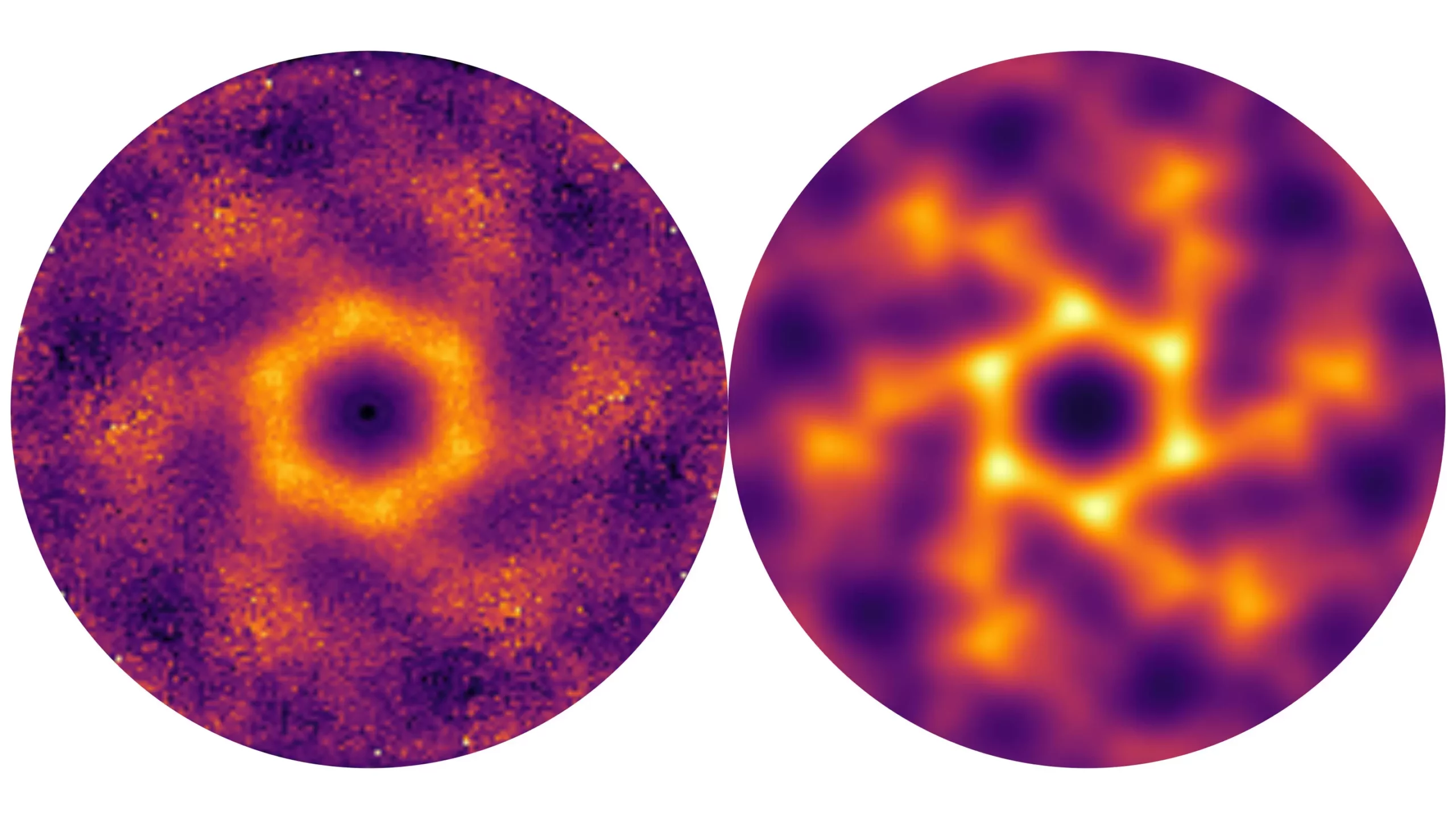In a groundbreaking discovery, an international team of researchers has identified a 3D quantum spin liquid in a member of the langbeinite family. This material’s unique crystalline structure and magnetic interactions give rise to a fascinating behavior known as magnetic frustration, leading to the formation of a quantum spin liquid. Quantum spin liquids, or QSLs, exhibit unusual properties, such as topologically protected phenomena, making them potentially valuable for the development of stable qubits in quantum computing.
Traditionally, quantum spin liquids have been studied in two-dimensional structures, but recent findings suggest that they can also manifest in three-dimensional materials, albeit less frequently. The team conducted experiments on a nickel-langbeinite sample at the ISIS neutron source and observed the emergence of a quantum spin liquid state at low temperatures. Langbeinites, a group of sulfate minerals, present a unique opportunity for exploring quantum behavior due to their structural complexity.
The presence of nickel ions in langbeinite crystals plays a crucial role in creating magnetic frustration. These ions form trillium lattices that become entangled, leading to a situation where the spins cannot align in an energetically favorable manner. The application of an external magnetic field further enhances this frustration, ultimately resulting in the formation of a quantum spin liquid. By studying the magnetic fluctuations in langbeinite crystals, researchers were able to observe the quantum behavior even at temperatures as high as 2 Kelvin.
The theoretical modeling of the experimental data was carried out using various methods, including Monte Carlo simulations and pseudo-fermion function renormalization group (PFFRG) calculations. The agreement between the theoretical predictions and the measured results was remarkably accurate, highlighting the complexity of the interactions within the system. The identification of an ‘island of liquidity’ within the tetratrillium lattice further enriches our understanding of quantum spin liquids in three dimensions.
Langbeinites represent a vast and relatively unexplored class of materials that hold significant promise for the study of quantum phenomena. By synthesizing new representatives of this material class, researchers aim to further investigate the emergence of 3D quantum spin liquids and unravel their unique properties. The research conducted by the international collaboration sheds light on the potential applications of quantum spin liquids in various fields, including quantum computing and fundamental physics.
The discovery of a 3D quantum spin liquid in langbeinite materials marks a significant advancement in the field of materials science. By unraveling the complex interplay of magnetic interactions and structural properties, researchers have opened new avenues for exploring quantum behavior in three dimensions. The study paves the way for future investigations into the properties and applications of quantum spin liquids, offering valuable insights into the fundamental nature of matter.


Leave a Reply